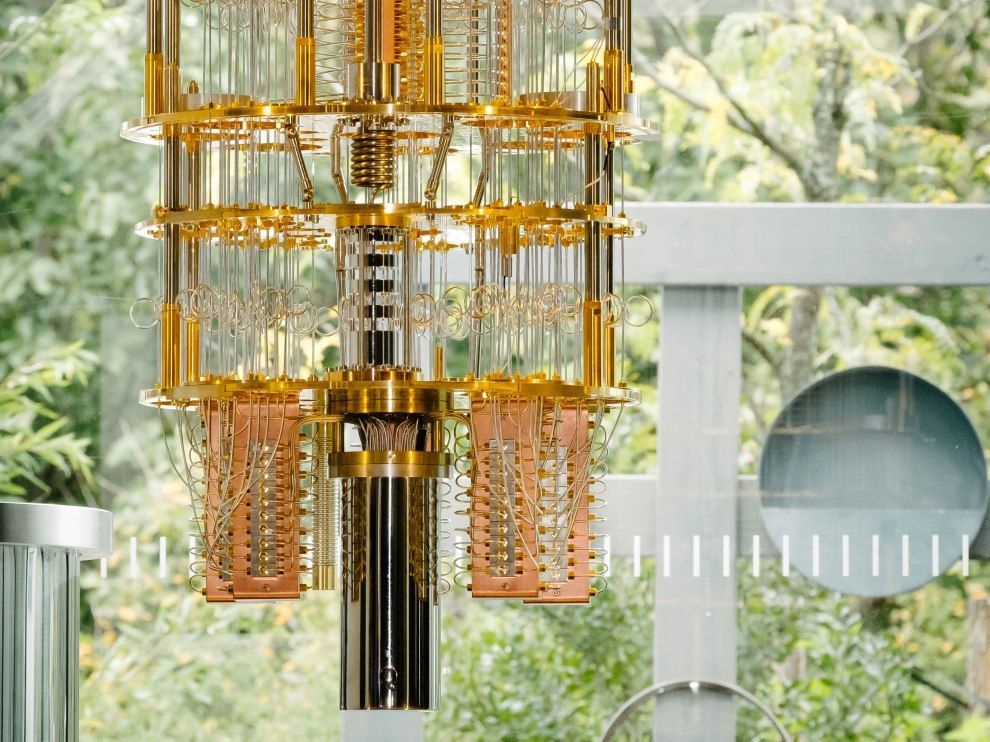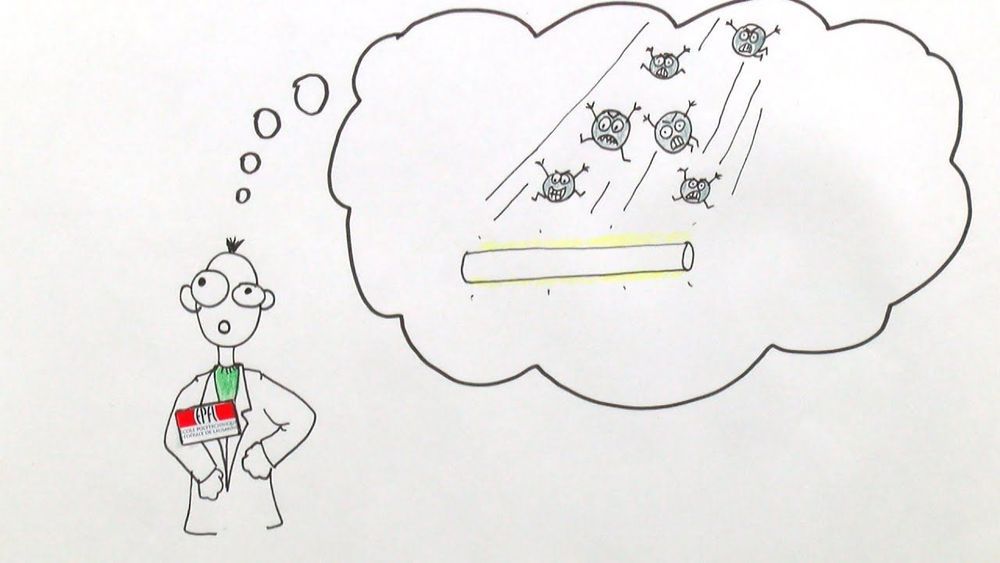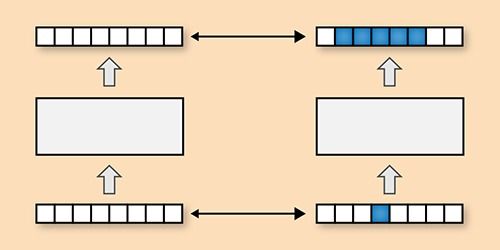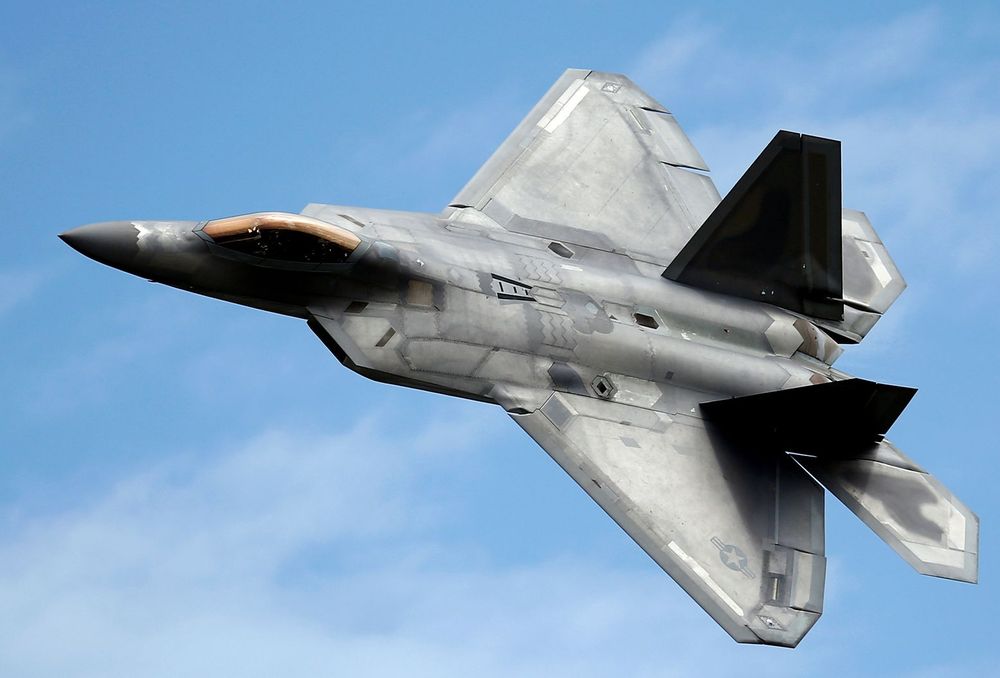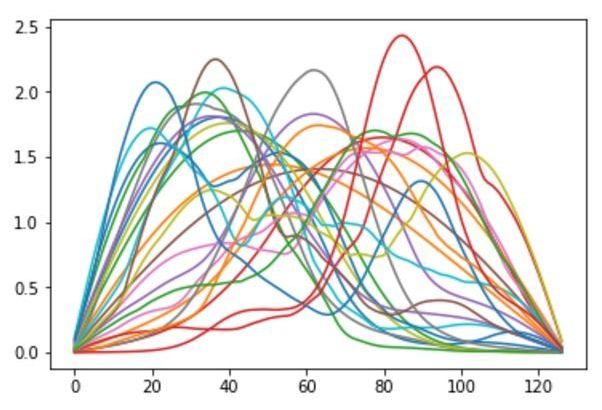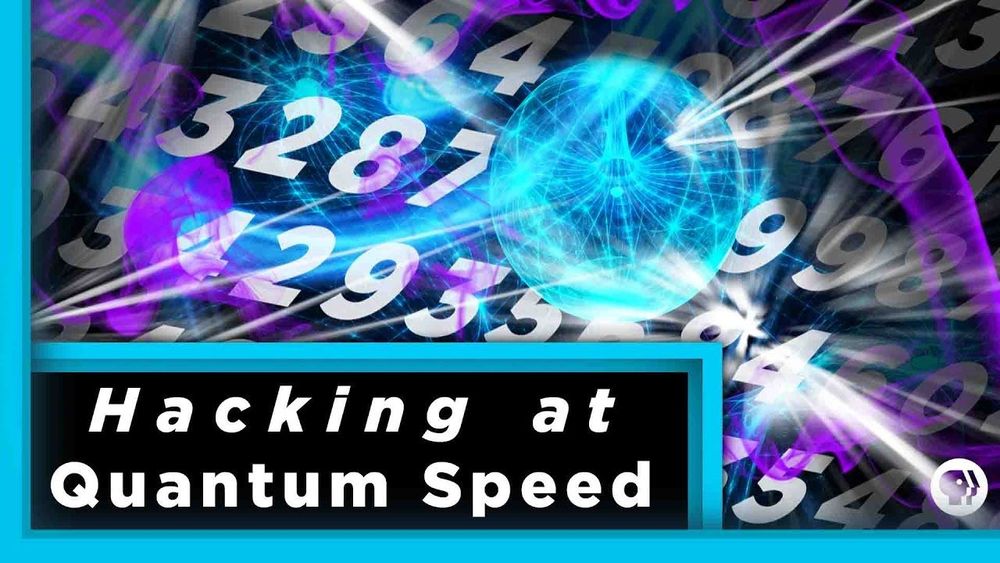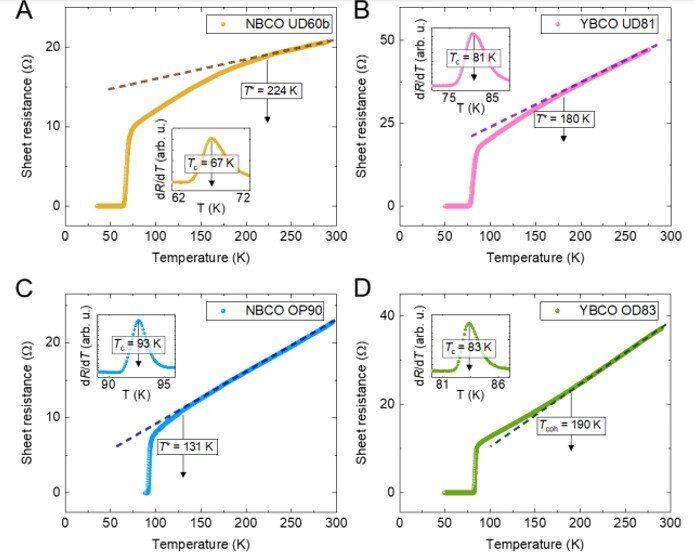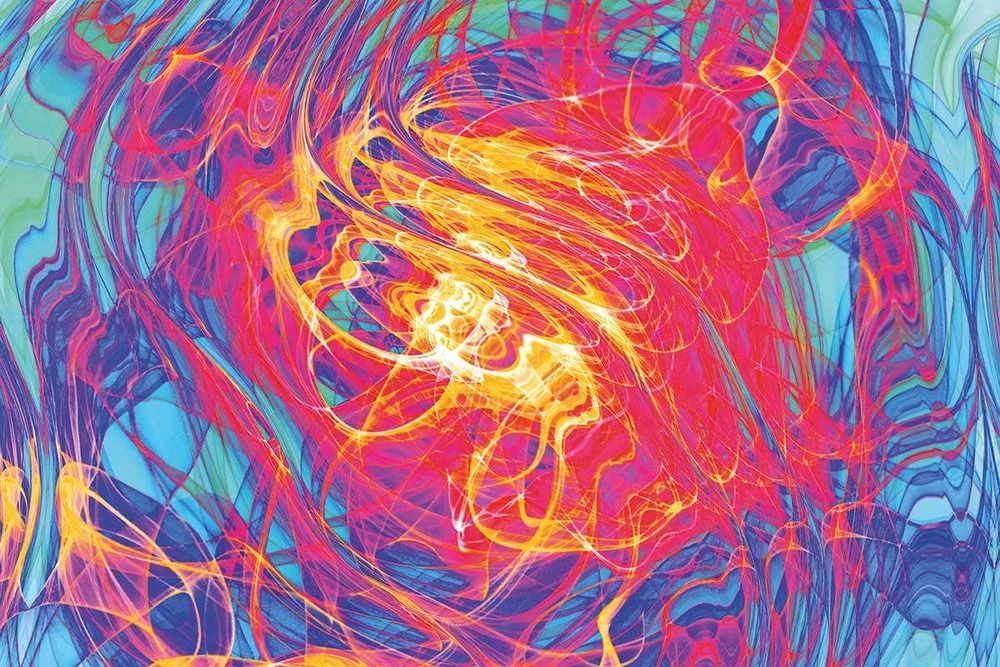Sep 18, 2019
IBM will soon launch a 53-qubit quantum computer
Posted by Genevieve Klien in categories: computing, quantum physics
IBM continues to push its quantum computing efforts forward and today announced that it will soon make a 53-qubit quantum computer available to clients of its IBM Q Network. The new system, which is scheduled to go online in the middle of next month, will be the largest universal quantum computer available for external use yet.
The new machine will be part of IBM’s new Quantum Computation Center in New York State, which the company also announced today. The new center, which is essentially a data center for IBM’s quantum machines, will also feature five 20-qubit machines, but that number will grow to 14 within the next month. IBM promises a 95 percent service availability for its quantum machines.
IBM notes that the new 53-qubit system introduces a number of new techniques that enable the company to launch larger, more reliable systems for cloud deployments. It features more compact custom electronics for improves scaling and lower error rates, as well as a new processor design.
